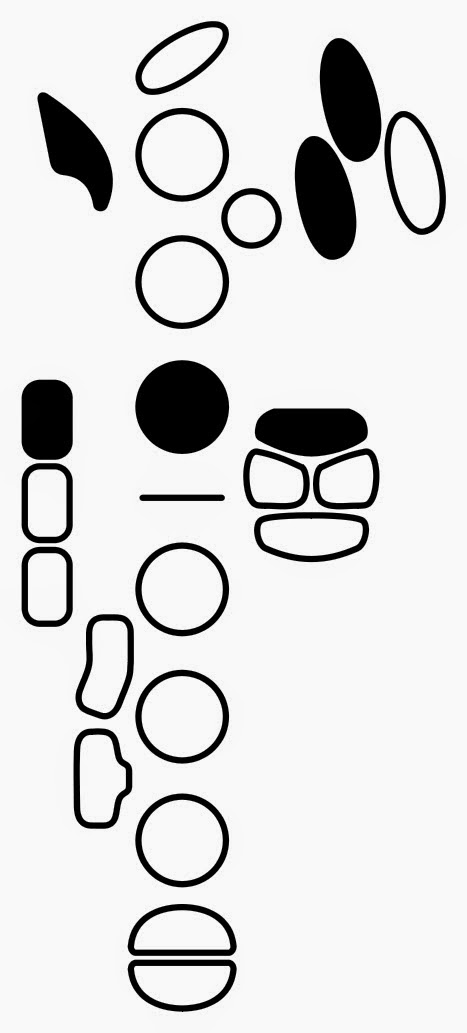In the mechanics of saxophone playing a sufficiently big air stream is the first fundamental in achieving your best possible sound. A few exercises that I have found to be helpful and directly address air stream strength and size include diaphragmatic breathing exercises, extremely high held overtones, low register breath attacks, and low register pitch bends, and I have written about these in detail in previous blog posts and in my book on sound.
Recently I have been studying bassoon, which like saxophone depends on air support for timbre but is more sensitive to air support than saxophone when it comes to pitch. It's sufficiently sensitive that vibrato can be executed via the air stream rather than the embouchure. All of this is to say I've been even more aware of my air stream, and it was through studying bassoon that I came across an exercise that works fantastically to improve air support on any wind instrument.
The Exercise
Originally meant to develop vibrato, the exercise consists of repeatedly and powerfully increasing the strength of the air stream via the abdominal muscles while holding a note. On a bassoon the pitch raises as you increase the strength of the air stream, but on saxophone all you really hear is a suddenly louder version of the same pitch. Here is one fairly complete approach to incorporating the exercise:
- Each step should include 8-16 beats worth of pulsing the air stream
- Start at quarter note = 80 beats per minute
- Mouthpiece only
- quarter note pulses
- 8th note pulses
- 8th note triplet pulses
- 16 note pulses
- Neck and Mouthpiece
- same sequence as mouthpiece only
- Entire saxophone and in the middle register
- same sequence
- in the lower register
- same sequence
- in the upper register
- same sequence
- repeat the steps in the middle, low and high register, this time at a higher speed
- continue to repeat and increase speed...
This is definitely a work out, and you can benefit from lighter versions of the exercise as well. It is effective at immediately increasing your air support and could/should be included in your warm up routine.








.tif)
.tif)
.tif)




